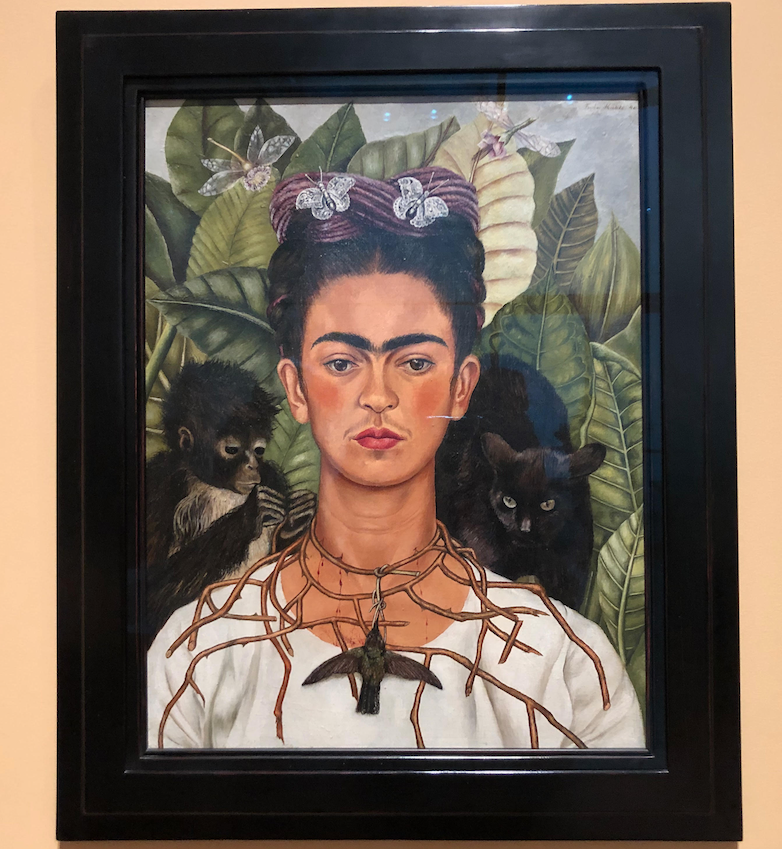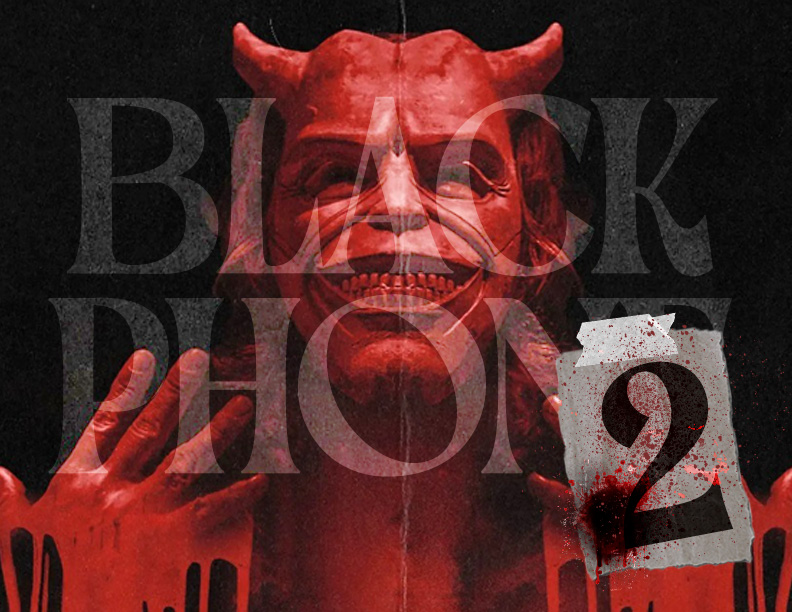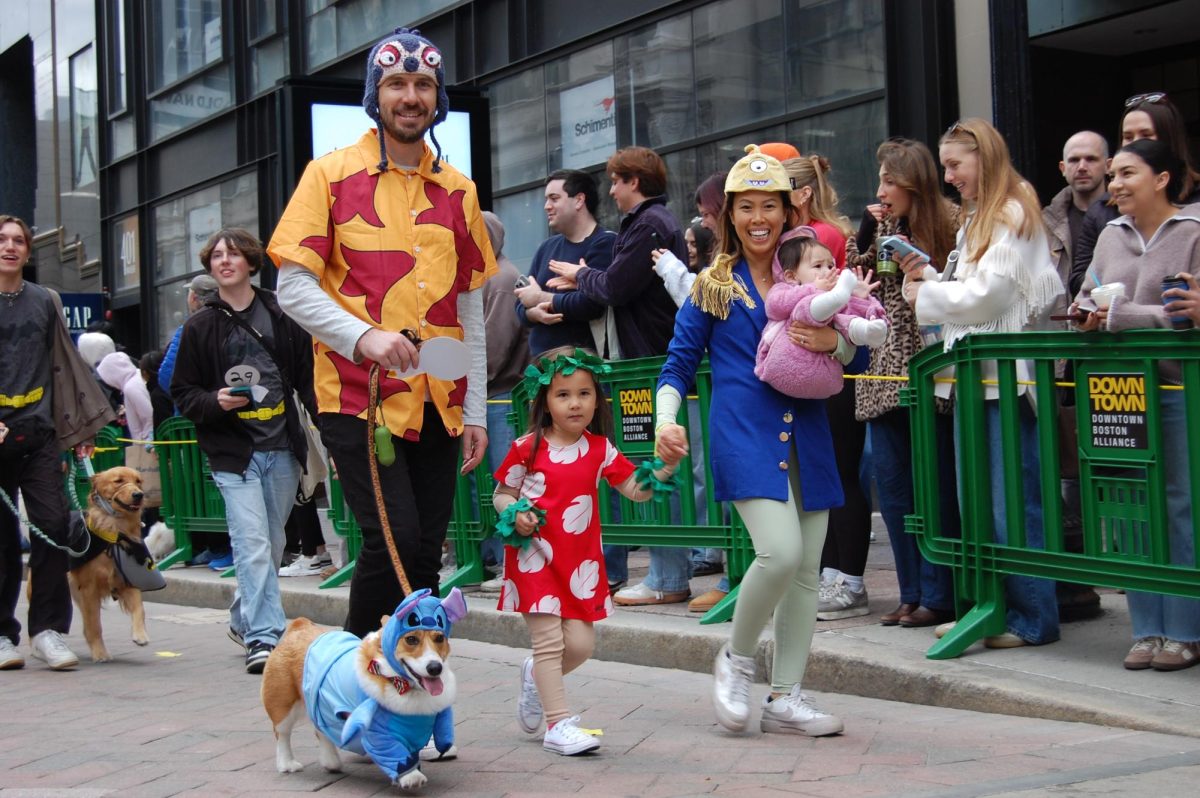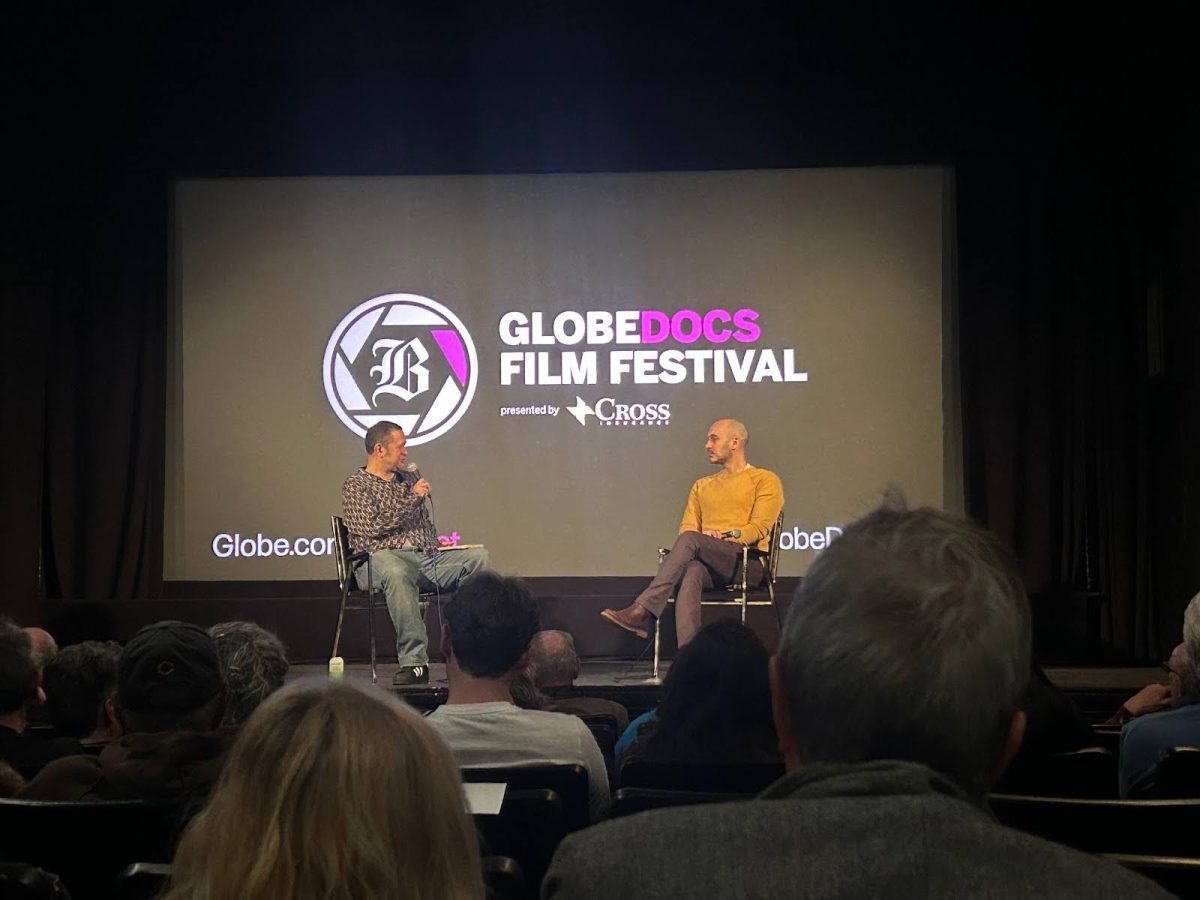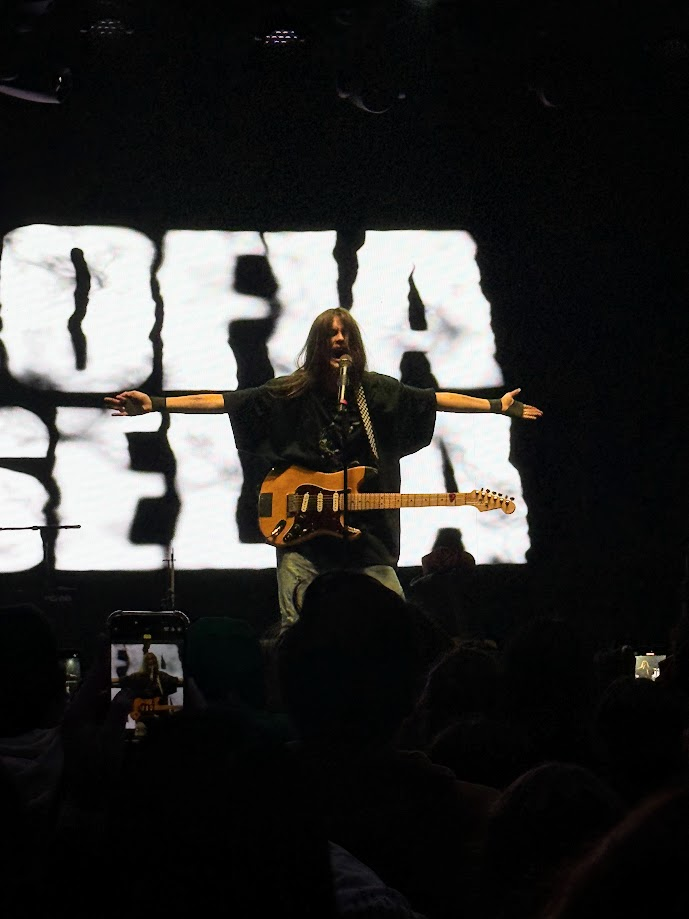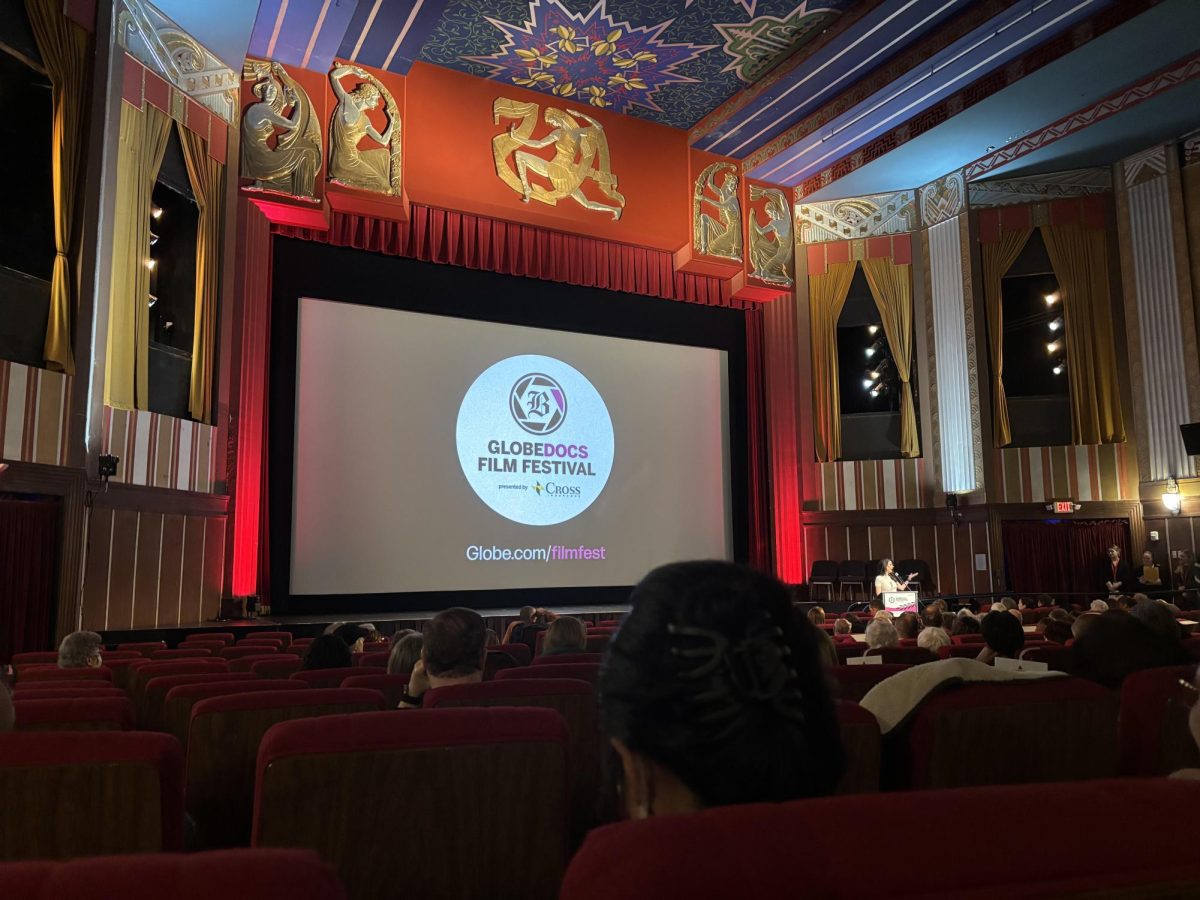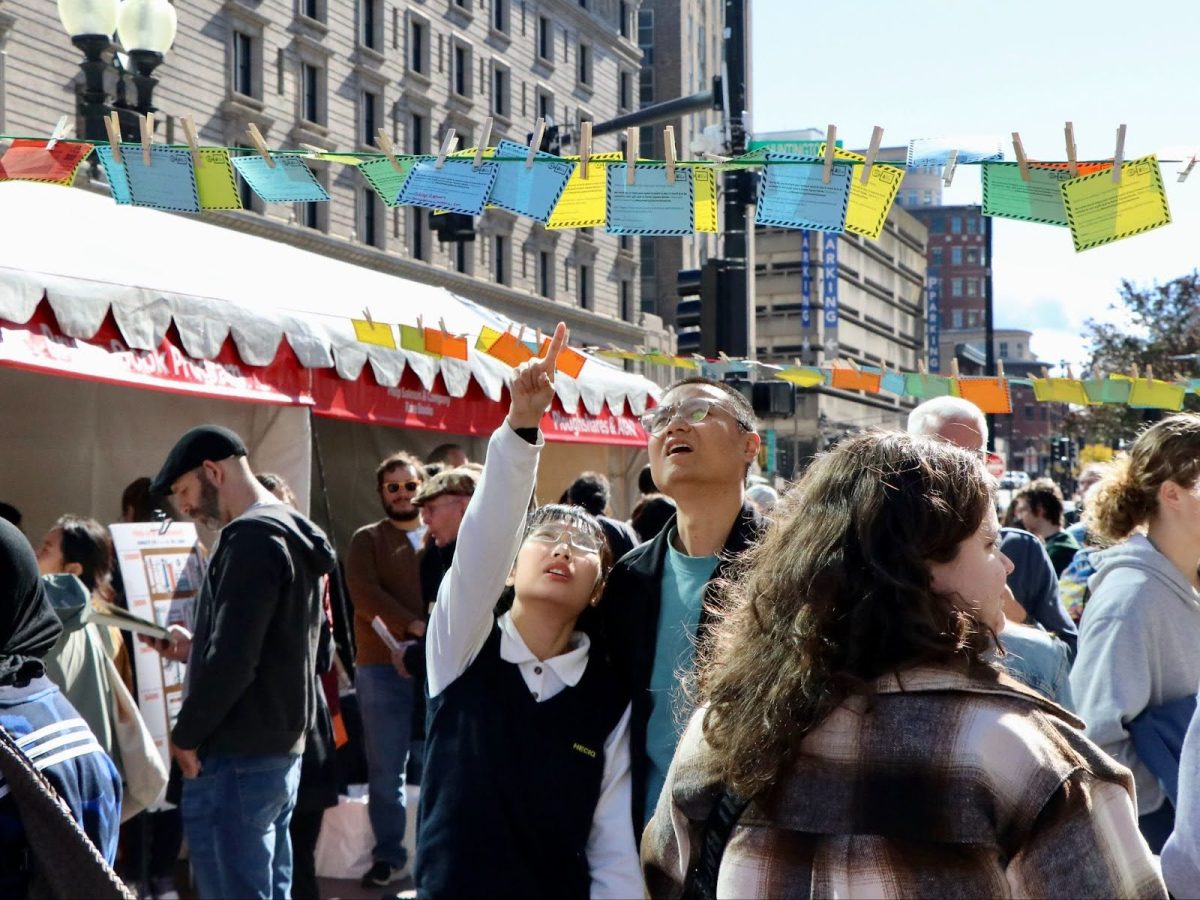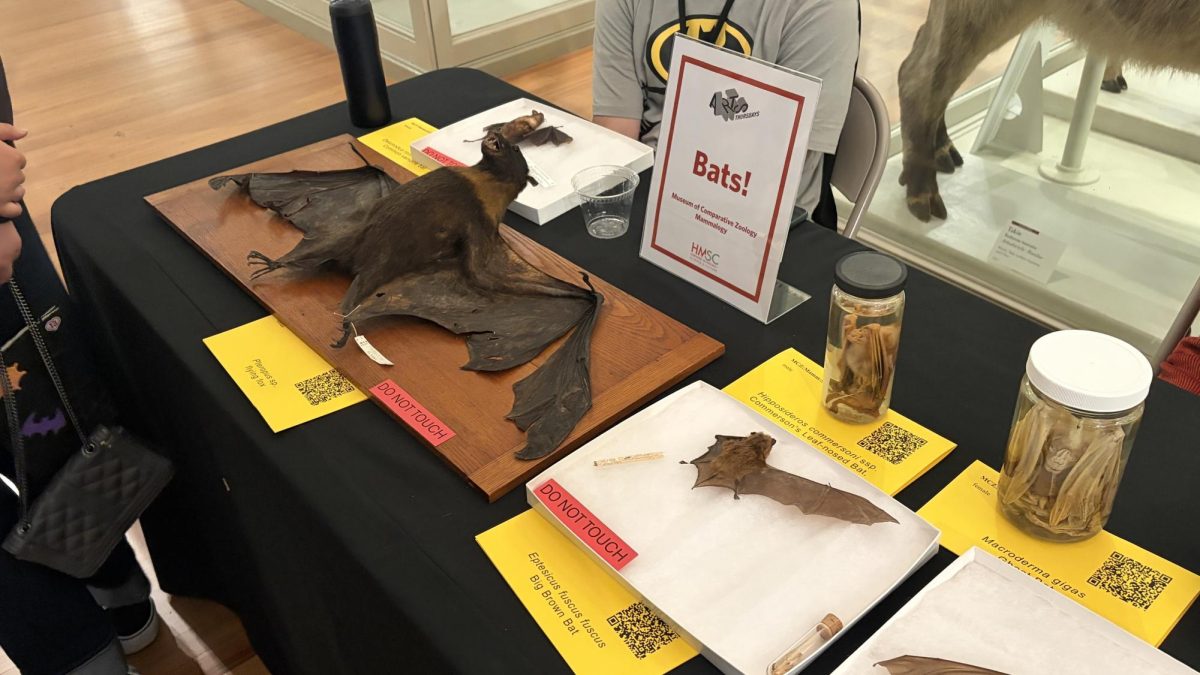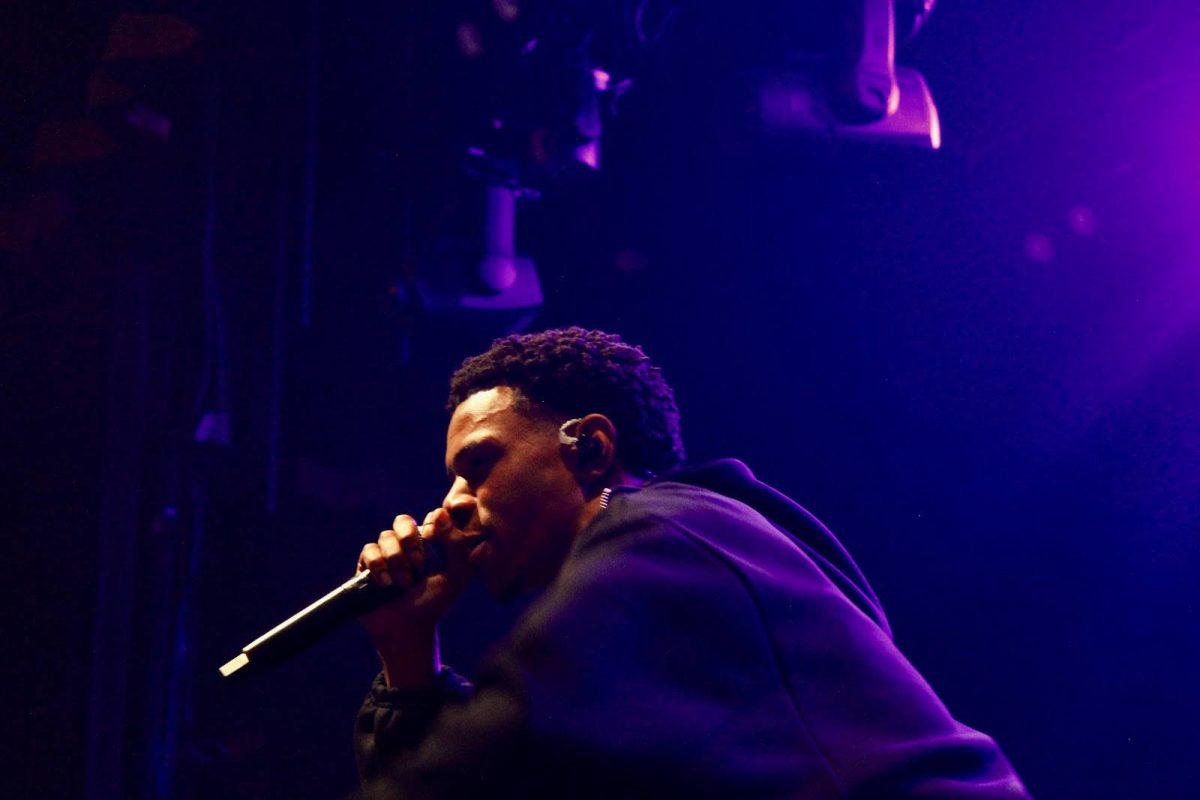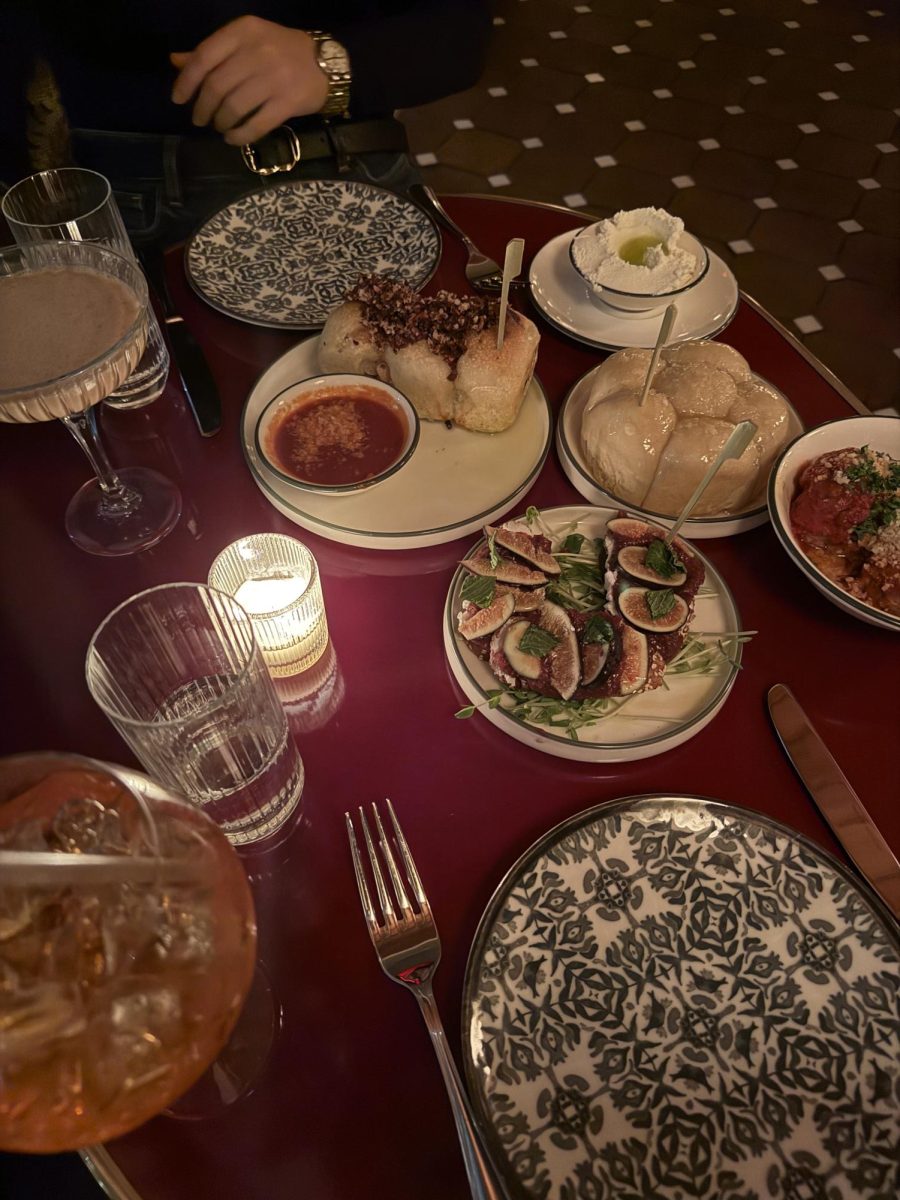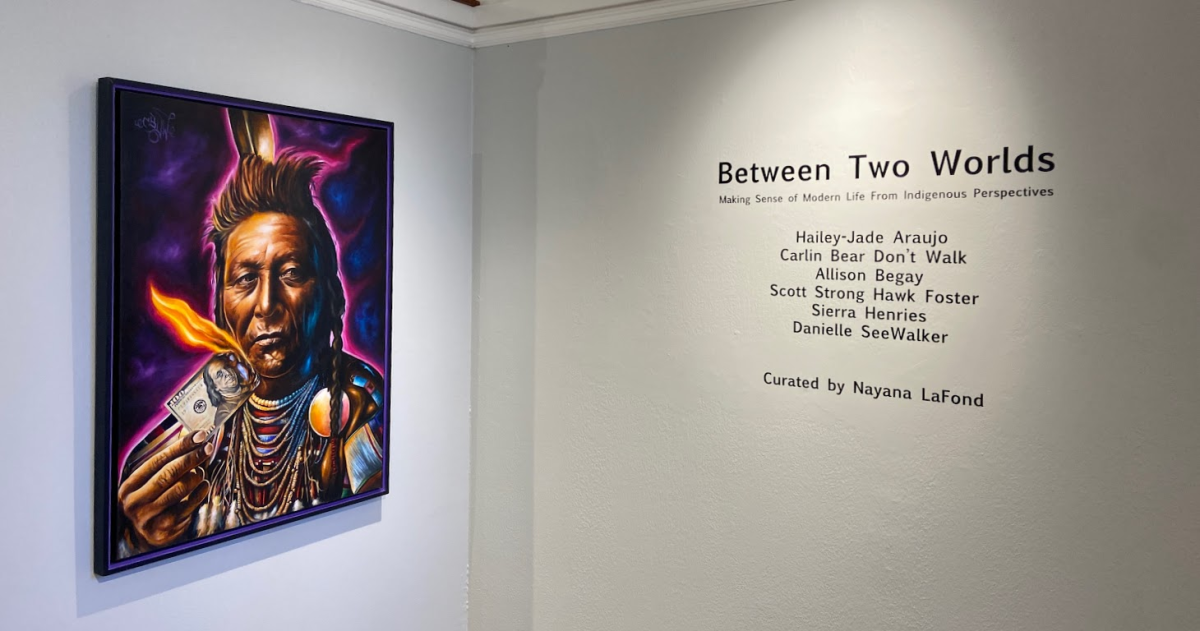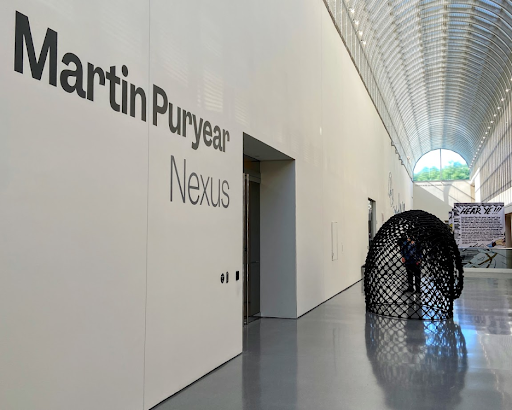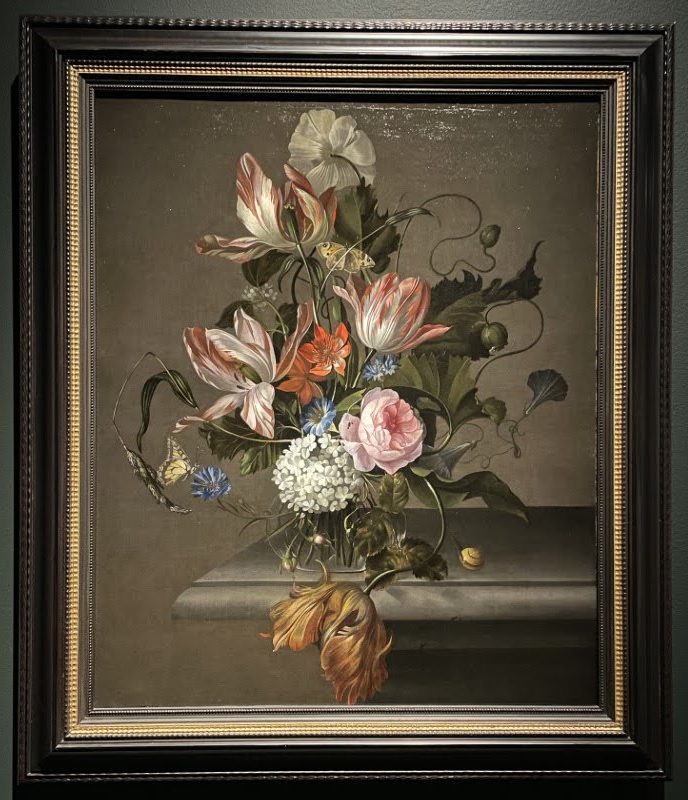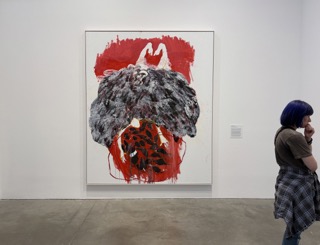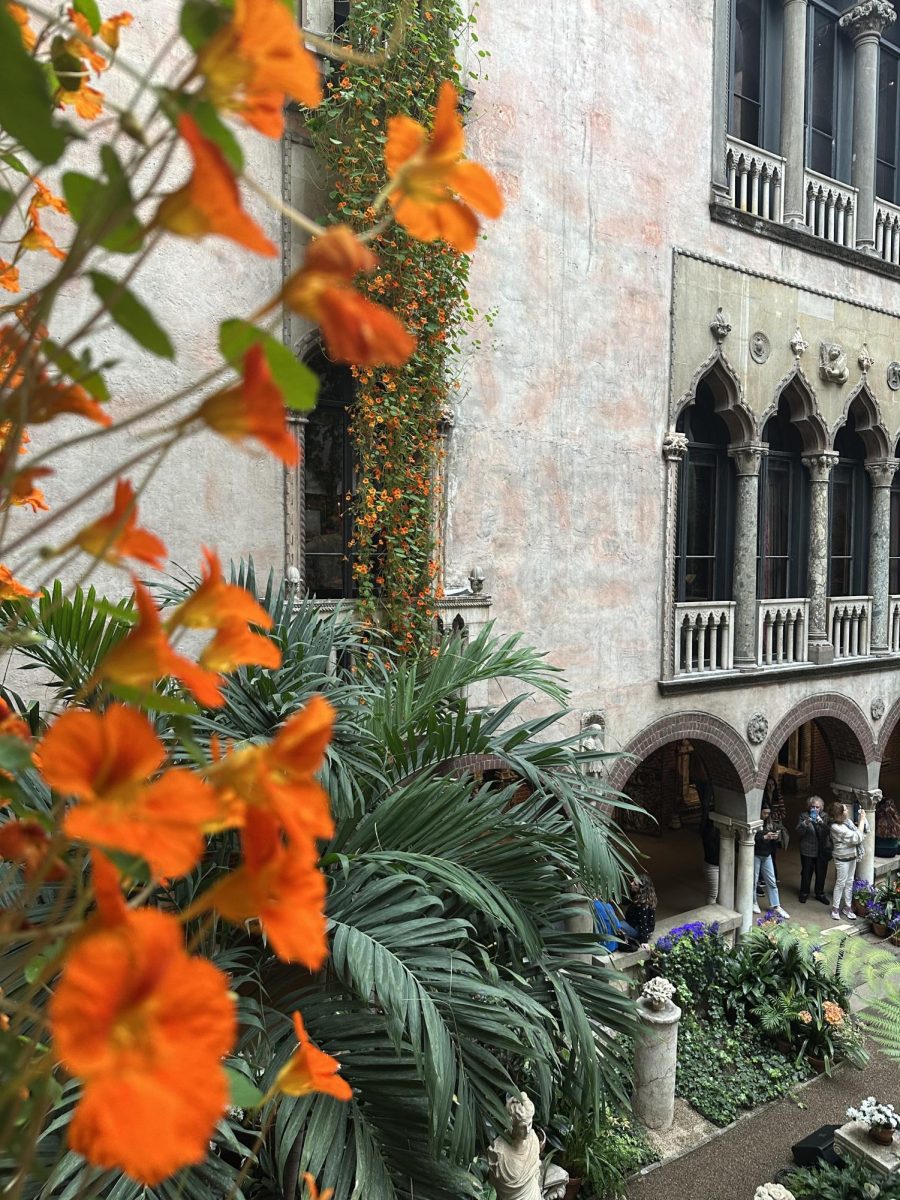Many people know the artist Frida Kahlo for her iconic unibrow, her self-portrait paintings and her poetry. Now, for the first time in Boston, the Museum of Fine Arts (MFA) is holding an exhibition, “Frida Kahlo and Arte Popular,” housing not only famous pieces of Kahlo’s art, but also similar pieces she collected and was inspired by.
During a preview for “Frida Kahlo and Arte Popular,” MFA curators and directors explained that the creation of this exhibition is a combined effort by the Museum of Modern Art, the Los Angeles County Museum of Art and the Harry Ransom Center at the University of Texas at Austin, who put pieces up for loan to the MFA.
The Ann and Graham Gund Director of the MFA, Matthew Teitelbaum, explained that while determining how to display the art and collectables, he asked himself, “Art comes out of lived experience and what would Frida Kahlo lived experiences be?”
Layla Bermeo, the Kristin and Roger Servison Assistant Curator of Paintings for Art of the Americas, gave the tour of the exhibition, which is split into five sections and contains descriptions written in both English and Spanish.
The “Art of the People” section houses two of Kahlo’s iconic paintings, “Dos Mujeres” and “Self-Portrait with Hummingbird and Thorn Necklace.” The two famous pieces, which she painted 12 years apart from each other, displayed close to one another show Kahlo’s artistic maturity as detail and enhanced features were developed by the self-taught artist.
As Bermeo discussed “Self-Portrait with Hummingbird and Thorn Necklace,” she said, “no matter how many mugs you see it on, it’s still amazing once you stand in front of it in person,” which is why it is in the first section of the exhibition.
“Aesthetics of Childhood” displays childhood inspired art as well as the art Kahlo collected in Mexico City at the time, something that is apparent in her piece “Girl with Death Mask.” In this section, artwork by a friend of Kahlo’s, Rosa Rolanda, is also presented.
Another practice of Kahlo’s was called ex-voto painting, where she would create religious paintings on tin that represented the owner’s thankfulness for miracles and answered prayers. Kahlo’s ex-voto paintings, including “My Grandparents, My Parents and I” where Kahlo depicted her family as saints, are displayed in the “Painted Miracles” section. Although Kahlo was not religious, she painted ex-votos with a new perspective rather than just from a religious standpoint.
Later in her career, Kahlo worked with still life paintings, but gave them humanistic features like a mouth or hair, which creates the section “Living Still Lifes.” As described by the MFA, Kahlo “disobeys the categories of inanimate and animate.” Kahlo’s words, “I’m not afraid of death, but I want to live” perfectly embody this section of the exhibition.
To the left of the entrance of the exhibition is “Invented Traditions” where clothes similar to what Kahlo typically dressed in are displayed. Despite coming from a middle class, educated family, Kahlo would often dress in Mexico’s rural and traditional community garments, and these are the clothes she was often photographed in.
Kahlo was often written about as a bedridden and detached item of society due to contracting polio when she was six years old, and then later being injured in a bus accident where she was impaled at the hip. Bermeo explained this was far from the truth while showing the artwork created and collected by Kahlo following both her illness and the accident.
The pieces, both by Kahlo and ones that show popular art, tell the modernist story after the Mexican Revolution, highlighting both the inspiration and the product of the time.
“Frida Kahlo and Arte Popular” is a first time occurrence on the East Coast where the artist’s painting are shown in a changing, fluid motion from the beginning to end of Kahlo’s artistry. Her work is put next to objects and items that are similar to what she collected when she was alive.
The MFA brought together an exhibition of historical significance that highlights Kahlo’s story as a painter, collector and journey growing as a woman.
The exhibition will run from Feb. 27 to June 16 in the Americas Wing of the MFA.


